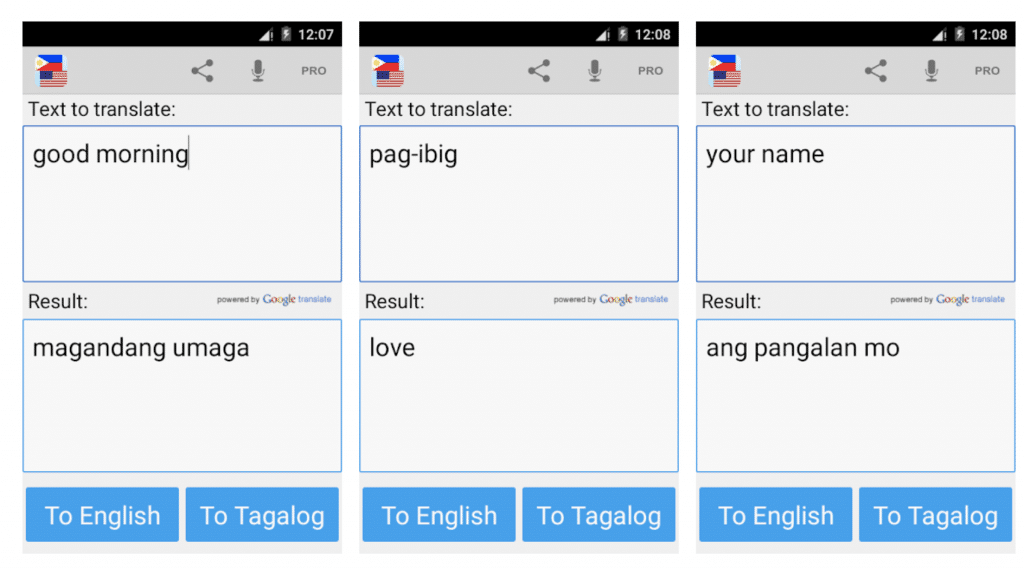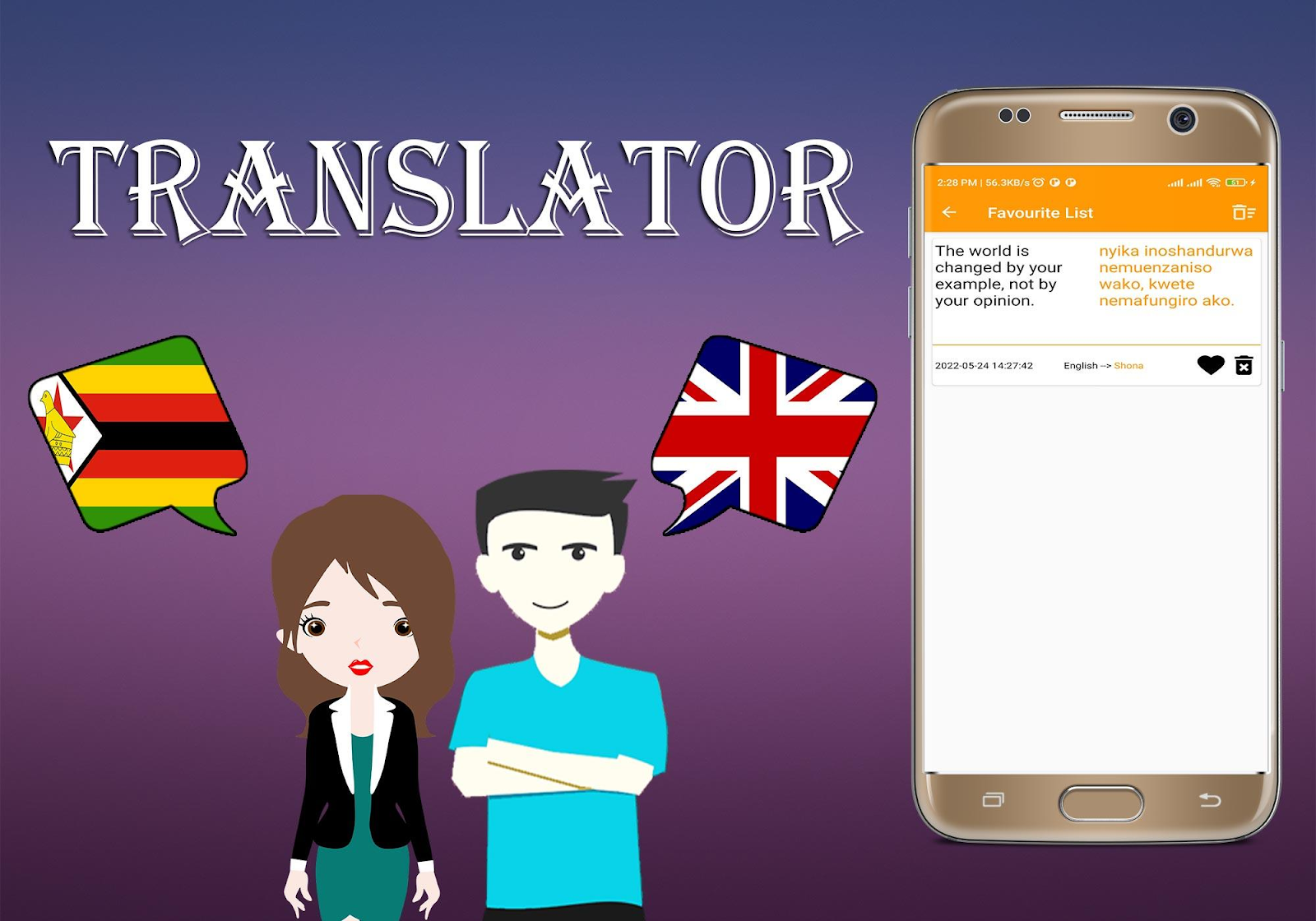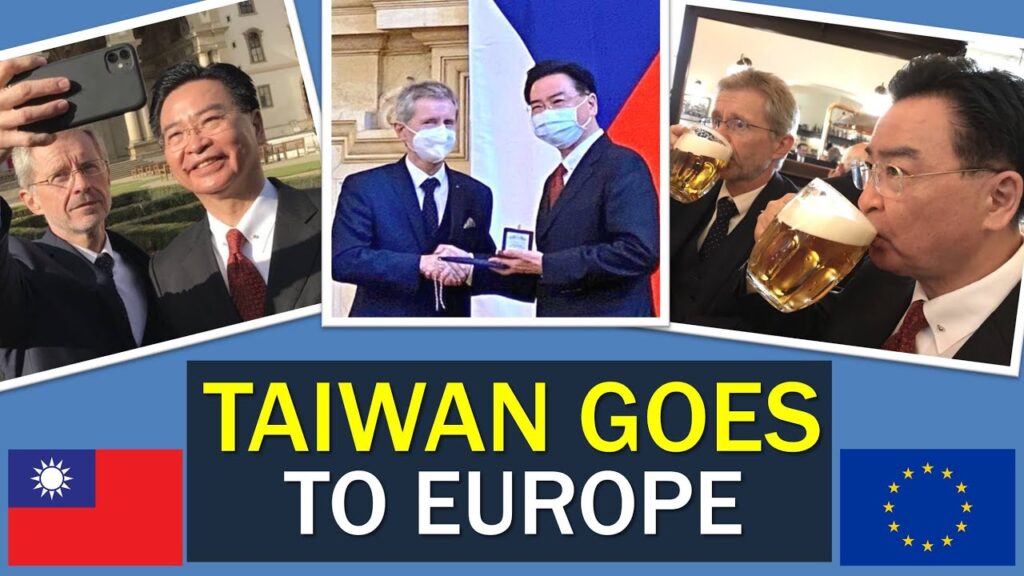In our interconnected global world, effective communication between nations and cultures is vital. Taiwan, a vibrant island known for its rich heritage, technological advancements, and global economic significance, often serves as a bridge between Eastern and Western societies. However, for those looking to engage with Taiwan—whether for business, education, tourism, or cultural exchange—language can be a barrier. This is where the keyword “Eng to Taiwan“ takes on great importance, encompassing translation, localization, and cultural understanding.
This article delves into the significance of English-to-Taiwan language solutions, their applications, challenges, and the broader implications for global connectivity.
Taiwan’s Linguistic Landscape

Taiwan’s official language is Mandarin Chinese, specifically in its Taiwanese variant, which shares similarities with standard Mandarin but features unique colloquialisms and pronunciation. Additionally, the island is home to Hokkien (commonly referred to as Taiwanese), Hakka, and several indigenous languages, reflecting its multicultural heritage. English, while not a native language, is widely taught in schools and used in international business contexts.
For effective engagement with Taiwan, understanding how to bridge the linguistic gap between English and these languages is essential.
The Role of English in Taiwan
Eng to Taiwan plays a pivotal role in Taiwan’s global interactions, particularly in:
1. Business and Trade
Taiwan is a global leader in sectors like electronics, semiconductors, and manufacturing. Companies looking to partner with Taiwanese businesses must often communicate in English, the lingua franca of international commerce. Accurate translations and well-localized communication are critical for building trust and avoiding misunderstandings in business deals.
2. Education and Research
Taiwan is home to prestigious universities and research institutions that attract students and scholars from around the world. English is commonly used in academic settings, particularly in international programs. For English-speaking students and researchers, translating and understanding Mandarin Chinese materials is key to academic success.
3. Tourism
Tourism is a thriving industry in Taiwan, known for its stunning landscapes, delicious cuisine, and rich cultural heritage. While many signs and services are available in English, tourists often require translation tools or services to navigate local customs, menus, and directions effectively.
4. Cultural Exchange
Taiwan’s rich history and culture draw artists, historians, and enthusiasts from all corners of the globe. English translations of Taiwanese literature, films, and folklore help share the island’s unique stories with a global audience.
The Importance of English-to-Taiwan Translation

Effective communication requires more than literal translations—it demands cultural sensitivity and an understanding of context. English-to-Taiwan translation goes beyond converting words; it bridges cultural nuances, ensuring messages are not just understood but resonate with the target audience.
1. Localization
Localization adapts content to fit the cultural, linguistic, and societal norms of a specific region. For example, an English business presentation translated for a Taiwanese audience must consider local customs, idioms, and even visual preferences to ensure it is well-received.
2. Technical Translation
Given Taiwan’s prominence in technology and manufacturing, technical translation is a critical need. Instruction manuals, patents, and software interfaces often require precise English-to-Taiwan translation to avoid costly errors or misinterpretations.
3. Marketing and Branding
Successful marketing campaigns rely on emotional and cultural connections. Translating English advertisements or brand messages for a Taiwanese audience requires careful adaptation to local tastes, humor, and values. Missteps in translation can result in unintended meanings and damage to brand reputation.
Challenges in English-to-Taiwan Translation
While translation technology has advanced significantly, translating between English and Taiwanese languages poses unique challenges:
1. Complex Characters
Mandarin Chinese, the primary written language in Taiwan, uses a complex system of characters. Each character represents a word or concept, making direct translations from English—which uses an alphabet—challenging.
2. Contextual Nuance
Mandarin and English differ significantly in structure and syntax. For instance, Mandarin often relies on context to convey meaning, while English tends to be more explicit. This difference can lead to ambiguities in translation.
3. Cultural Sensitivity
Certain phrases, idioms, or symbols in English may carry different connotations—or no meaning at all—in Taiwan. Translators must be attuned to cultural subtleties to ensure their work resonates with the intended audience.
4. Regional Variations
Taiwanese Mandarin includes regional expressions and slang not found in standard Mandarin. Translators must account for these variations to ensure translations feel authentic to a Taiwanese audience.
Tools and Solutions

Several tools Eng to Taiwan and services are available to bridge the English-to-Taiwan language gap, catering to various needs and industries.
1. Translation Software
AI-powered tools like Google Translate, DeepL, and Microsoft Translator have made significant strides in translating Mandarin and English. While these tools are fast and convenient, they may struggle with complex or nuanced texts.
2. Professional Translators
For high-stakes projects—such as legal documents, academic research, or creative works—human translators remain the gold standard. They bring an understanding of cultural context and idiomatic expressions that machines cannot replicate.
3. Localization Services
Specialized localization firms offer end-to-end solutions, adapting content for the Taiwanese market while maintaining its original intent and impact.
4. Educational Tools
Language learning apps, online courses, and bilingual dictionaries help individuals bridge the English-to-Taiwan language gap on a personal level.
The Role of Technology
The rise of machine learning and natural language processing has transformed the field of translation. AI-powered solutions are increasingly capable of handling complex tasks, such as speech-to-text and real-time translation.
For example:
- Apps for Travelers: Apps like Papago and Pleco provide instant translations of text, speech, and images, making it easier for tourists to navigate Taiwan.
- Real-Time Communication: Devices like Pocketalk enable real-time conversations between English and Mandarin speakers, fostering direct communication without an intermediary.
- Content Localization: AI platforms streamline the localization process, enabling businesses to adapt websites, apps, and marketing materials for Taiwanese audiences quickly.
Building Connections

Bridging the English-to-Taiwan language gap is about more than just words—it’s about fostering connections and understanding. Language serves as a gateway to culture, and by investing in effective translation and localization, individuals and organizations can build meaningful relationships with Taiwan’s people and communities.
Whether it’s a student pursuing higher education, a company seeking new markets, or a traveler exploring Taiwan’s breathtaking landscapes, the ability to communicate effectively opens doors to countless opportunities.
Conclusion
The keyword “Eng to Taiwan” represents a crucial intersection of language, culture, and innovation. As globalization continues to bring the world closer together, the importance of accurate, culturally sensitive translation and localization cannot be overstated.
From advanced AI tools to professional translators, a variety of solutions exist to help bridge the linguistic divide. By embracing these tools and strategies, individuals and organizations can unlock the full potential of their interactions with Taiwan, creating a future where communication knows no boundaries.


